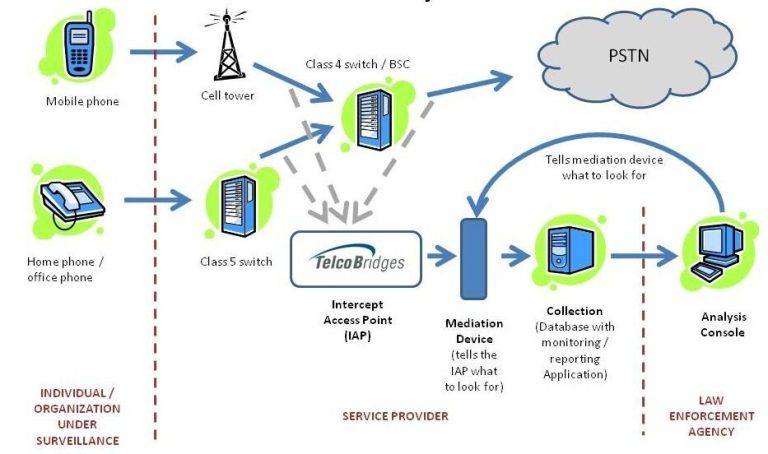Understanding VRS (Virtual Reference Station): How It Enhances GPS Accuracy
telcomatraining.com – In recent years, the use of GPS technology has become increasingly vital in various industries such as agriculture, surveying, and navigation. However, one of the key challenges with GPS systems is the level of accuracy. While standard GPS systems can provide location data, their precision can sometimes be less than optimal. This is where Virtual Reference Stations (VRS) come into play. In this article, we will delve into what VRS is and how it significantly enhances GPS accuracy.
What is a Virtual Reference Station (VRS)?
A Virtual Reference Station (VRS) is a network-based system used to improve the accuracy of GPS signals by eliminating errors caused by atmospheric conditions, satellite geometry, and other variables that can affect GPS precision. Unlike traditional GPS systems that rely on a single stationary receiver, VRS leverages a network of reference stations spread across a wide area. These stations continuously measure GPS satellite signals and send real-time data to a central server. The server then processes the data and generates corrections that are transmitted back to GPS receivers in the field.
How Does VRS Work?
VRS systems use a network of permanent, stationary GPS receivers that are strategically placed in multiple locations. These reference stations monitor GPS satellite signals in real-time. The data collected by these stations is transmitted to a central processing system, where the system calculates the corrections for any errors caused by atmospheric conditions (like ionospheric and tropospheric delays), signal multipath, or clock errors.
The corrections generated are sent to the GPS receivers in the field through a wireless communication system. These corrections are applied in real-time, allowing users to receive highly accurate position data with centimeter-level precision, even in challenging environments like urban areas or forests where traditional GPS signals may be obstructed or distorted.
Key Benefits of VRS in Enhancing GPS Accuracy
- Centimeter-Level Precision
One of the most significant advantages of VRS is its ability to provide centimeter-level accuracy. Traditional GPS receivers, on their own, typically offer accuracy in the range of several meters. With the use of a VRS system, users can achieve much higher accuracy, which is critical for tasks like land surveying, precision agriculture, and construction projects. - Real-Time Corrections
VRS systems provide real-time correction data to GPS receivers. This ensures that users are always working with the most accurate and up-to-date positioning information. The ability to correct GPS data in real-time is especially useful in dynamic environments where changes occur rapidly, such as on construction sites or during agricultural field mapping. - Cost-Effective Solution
Setting up and maintaining individual base stations for each GPS user can be costly and impractical, particularly in large areas. VRS eliminates the need for individual base stations, as it uses a network of reference stations to cover a wide region. This makes VRS a cost-effective solution for users who require high-precision GPS data without the burden of maintaining their own infrastructure. - Flexibility and Mobility
Traditional GPS systems that rely on a single base station can limit the mobility of the user. With VRS, GPS receivers can move around freely within the coverage area of the reference station network, while still receiving high-accuracy corrections. This is particularly beneficial for applications like mobile mapping, surveying, and construction, where users may need to move between different locations without compromising accuracy. - Improved Performance in Challenging Environments
VRS significantly improves GPS performance in areas where signal obstructions or interference may occur. For example, in urban environments with tall buildings (urban canyons), or in dense forests, traditional GPS systems may struggle to maintain accuracy due to satellite signal blockage or multipath effects. The corrections provided by VRS help mitigate these errors, ensuring more reliable positioning in challenging environments.
Applications of VRS
The benefits of VRS are wide-reaching and apply to several fields where high-precision GPS data is critical. Here are some common applications:
- Surveying and Mapping
Land surveying, construction, and mapping professionals rely heavily on precise positioning to create accurate plans and designs. VRS systems enable them to work with centimeter-level accuracy, improving the quality and reliability of their surveys. - Agriculture
Precision agriculture relies on GPS technology to manage crop planting, irrigation, and harvesting. VRS enhances GPS accuracy, ensuring that equipment like tractors, sprayers, and harvesters operate within precise boundaries, optimizing field productivity. - Construction
In construction, precise measurements are vital for ensuring that structures are built according to design specifications. VRS enables construction workers to access real-time accurate data, reducing errors and improving the overall efficiency of construction projects. - Autonomous Vehicles
Self-driving cars and unmanned aerial vehicles (UAVs) also benefit from VRS technology. These systems require highly accurate positioning to navigate safely and avoid obstacles. VRS allows these vehicles to operate with greater precision, improving safety and reliability.
Conclusion
Virtual Reference Stations (VRS) play a crucial role in enhancing GPS accuracy, providing real-time corrections that enable users to achieve centimeter-level precision. With its ability to overcome common GPS errors and improve performance in challenging environments, VRS has become an invaluable tool for industries like surveying, agriculture, construction, and autonomous vehicles. As GPS technology continues to evolve, VRS systems will undoubtedly remain a vital part of the landscape, ensuring that users can rely on accurate, real-time positioning data for a wide range of applications.







